-- Stella Stevens, on her career (from IMDB.com)
Certainly, both were beautiful bombshells of a bygone era, and they largely made their way into the business of entertainment playing characters on screens big and small who weren't above using a bit of their good looks to get what they wanted out of life. Alas, filmmakers usually don't give these actresses the best material to work with -- beauty has its price, after all, and when someone is cast mostly for sex appeal there may not be much else in the script for these ladies to explore. While we might never know the true extent of their acting potential, it's still safe to suggest that they did all was possible to leave their marks whenever given the opportunity.
Still, Stevens contributions to genre entertainment are a bit light, but I'll mention the significant ones I've found on IMDB.com.
Without a doubt, her big introduction to Science Fiction and Fantasy might be the flick she's most remembered for: in 1963, she starred opposite popular funnyman Jerry Lewis aboard The Nutty Professor for Paramount Pictures. In 2004, the feature was inducted into the U.S.'s National Film Registry, the institution which seeks to preserve pictures with an established legacy in all of filmdom.
In 1966, she joined Dean Martin aboard The Silencers, an adaptation of the Matt Helm novel, for Columbia Pictures.
In 1972, she paid a visit to the world of TV's Circle Of Fear anthology program. "The Dead We Leave Behind" saw her cast as a murdered wife whose spirit may or may not have been causing shenanigans from the afterlife to the detriment of her guilty husband.
In 1975, Stevens joined the equally stunning Lynda Carter aboard an episode of TV's popular Wonder Woman. It was a small role aboard the series' pilot -- "The New Original Wonder Woman" -- but it was a great chance to show her skills.
In 1978, she boarded the Cruise Into Terror, a telefilm that saw passengers aboard a cruise ship being adversely effected by some cursed cargo. That same year, she also appeared in The Manitou on the silver screen, a SciFi/Horror hybrid that explored the reincarnation of a 400-year-old Native American spirit.
In 1979, she stepped aboard Supertrain, a short-lived serial that explored stories of those who rode the high-tech transport.
In 1984, Stella and some other beautiful ladies inhabited the Fantasy/Thriller Amazons. Directed by Paul Michael Glaser, the premise saw the fairer sex setting their sights on world domination in a plot to kill off influential male leaders.
1987 saw the actress dipping back into some Comedy/Fantasy with some work in writer/director Bob Dahlin's Monster In The Closet.
In 1991, Stevens appeared as one of the headliners in The Terror Within II, a sequel that only loosely toyed with the original. Interestingly enough, her son -- Andrew Stevens -- starred opposite his mother as well as served as the project's director, his debut behind the camera.
There are a few other smaller vehicles that benefitted from the woman's good graces, but methinks you get the point: Stevens was no stranger to worlds of the fantastical, and I think our genre is better off owed in no small part to some of the contributions she leaves behind for fans to discover in the years ahead.
As always, thoughts and prayers are extended to the friends, family, and fans of Stella Stevens. May she rest in peace.
-- EZ

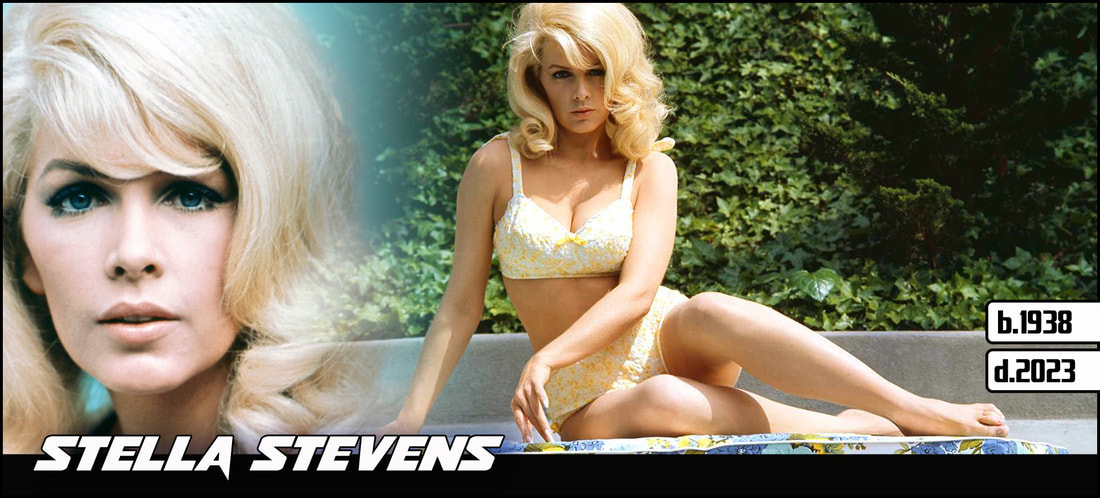

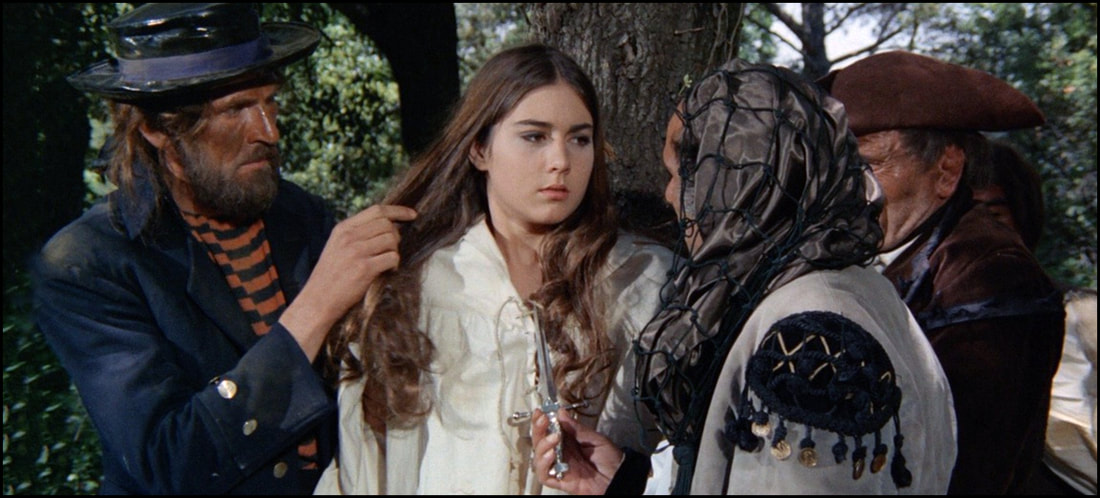
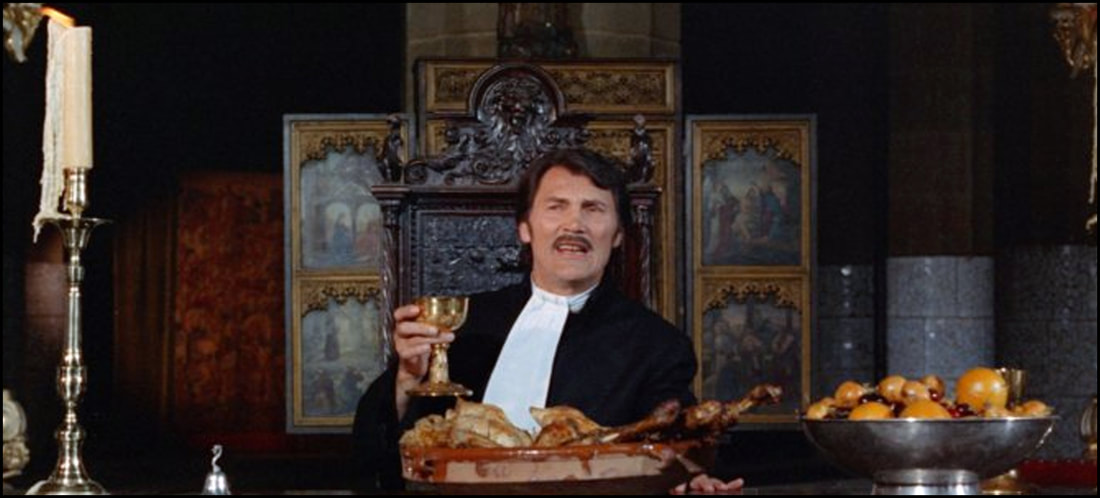

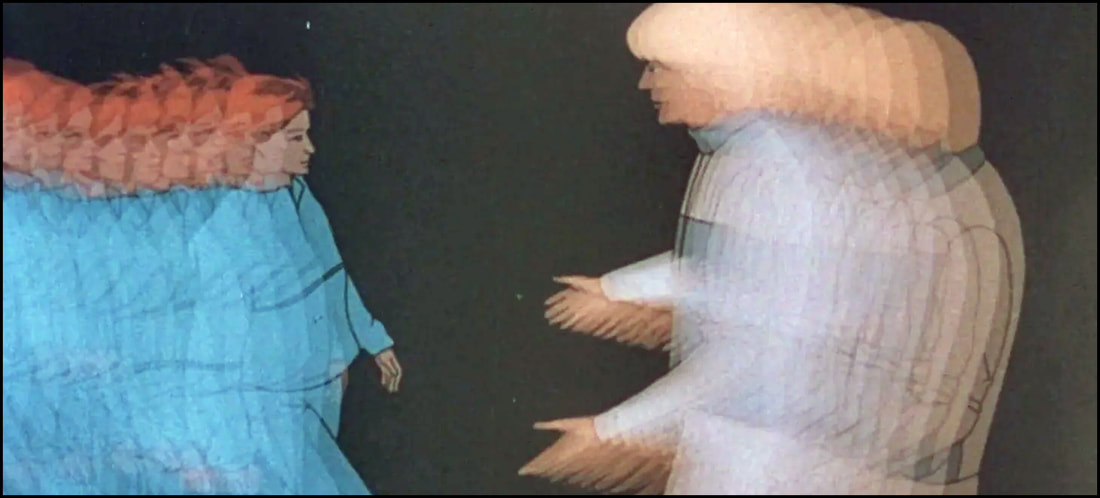
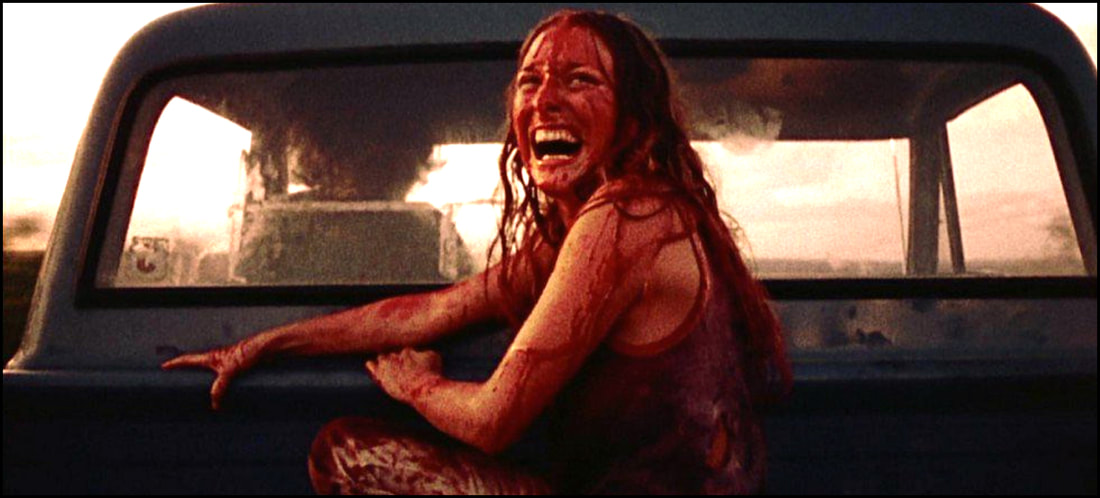

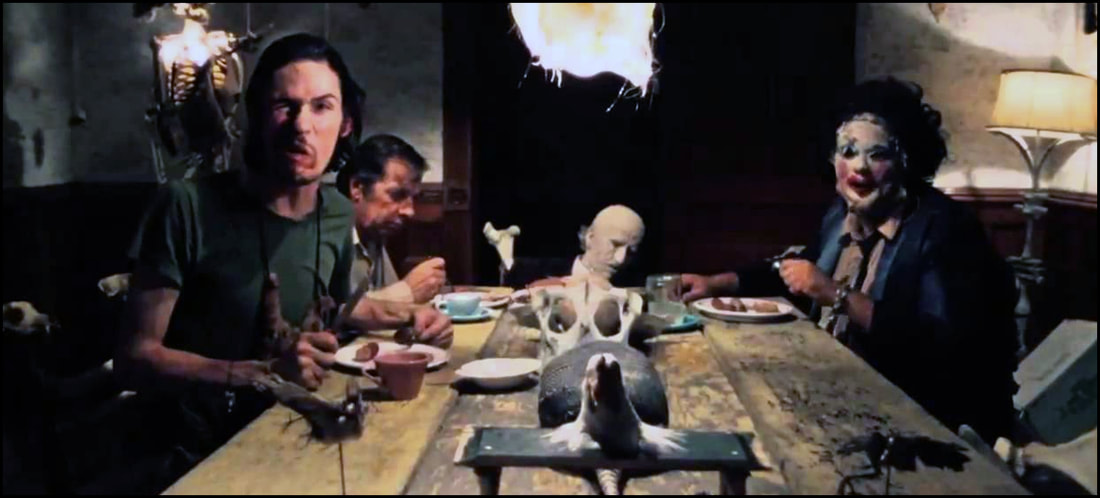
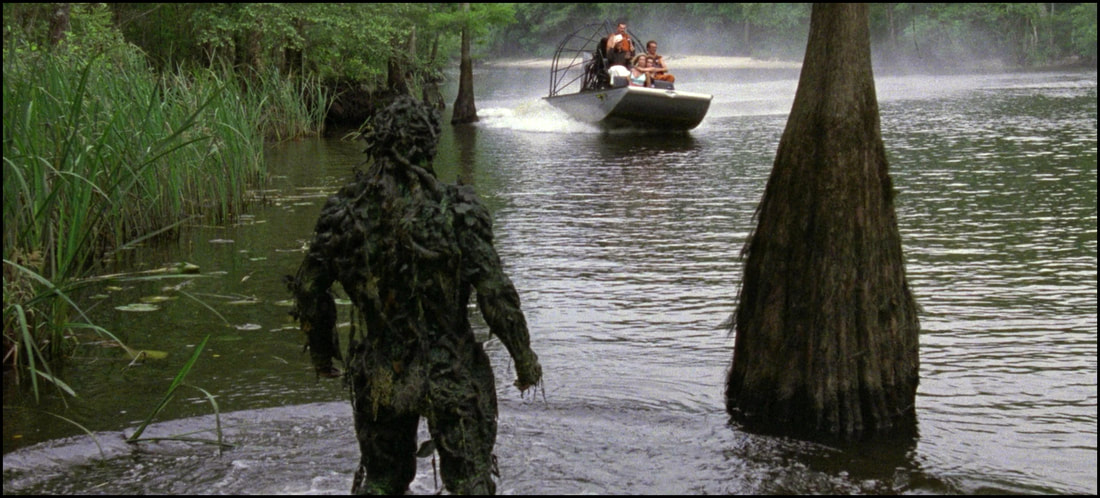
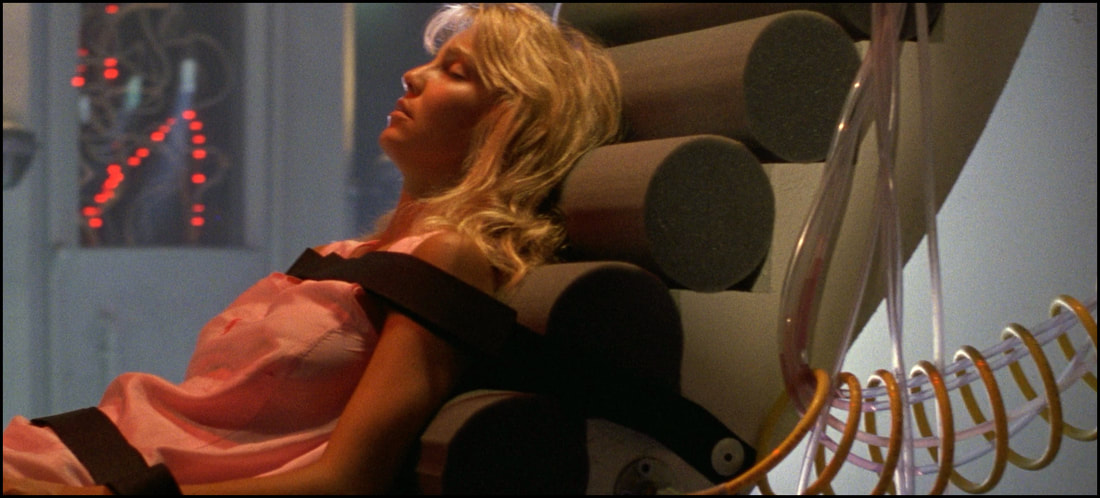
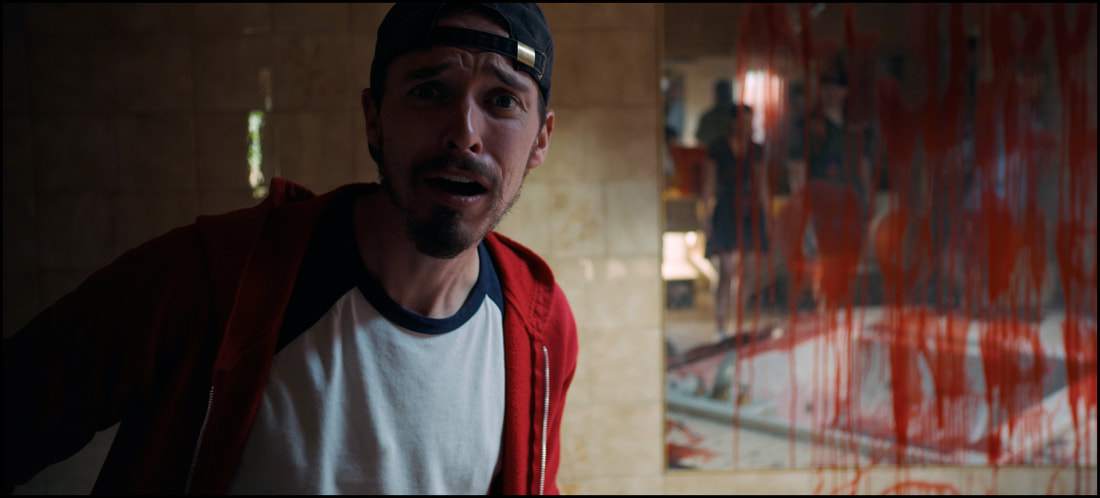
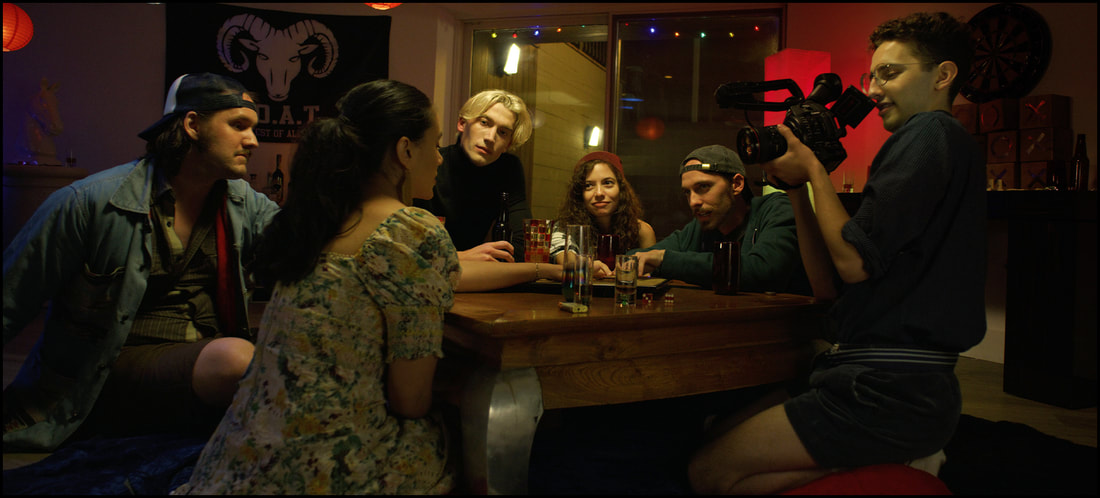
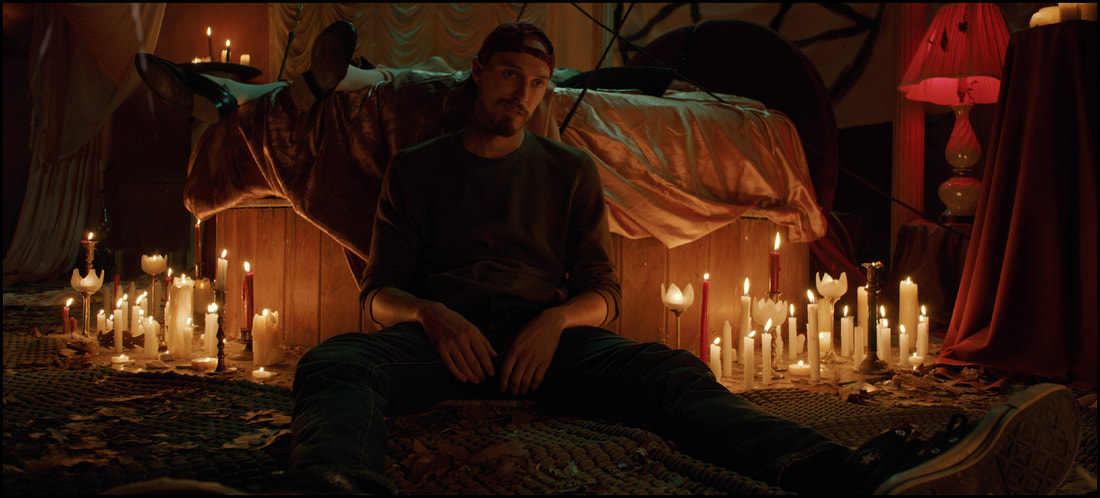
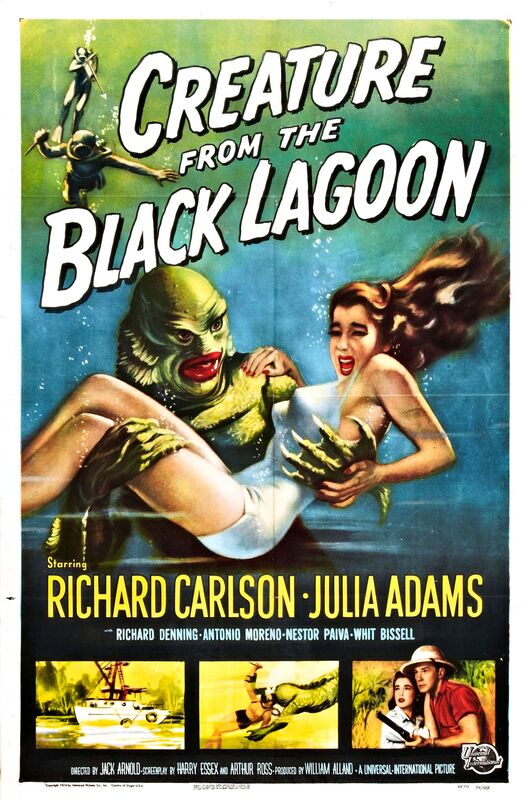
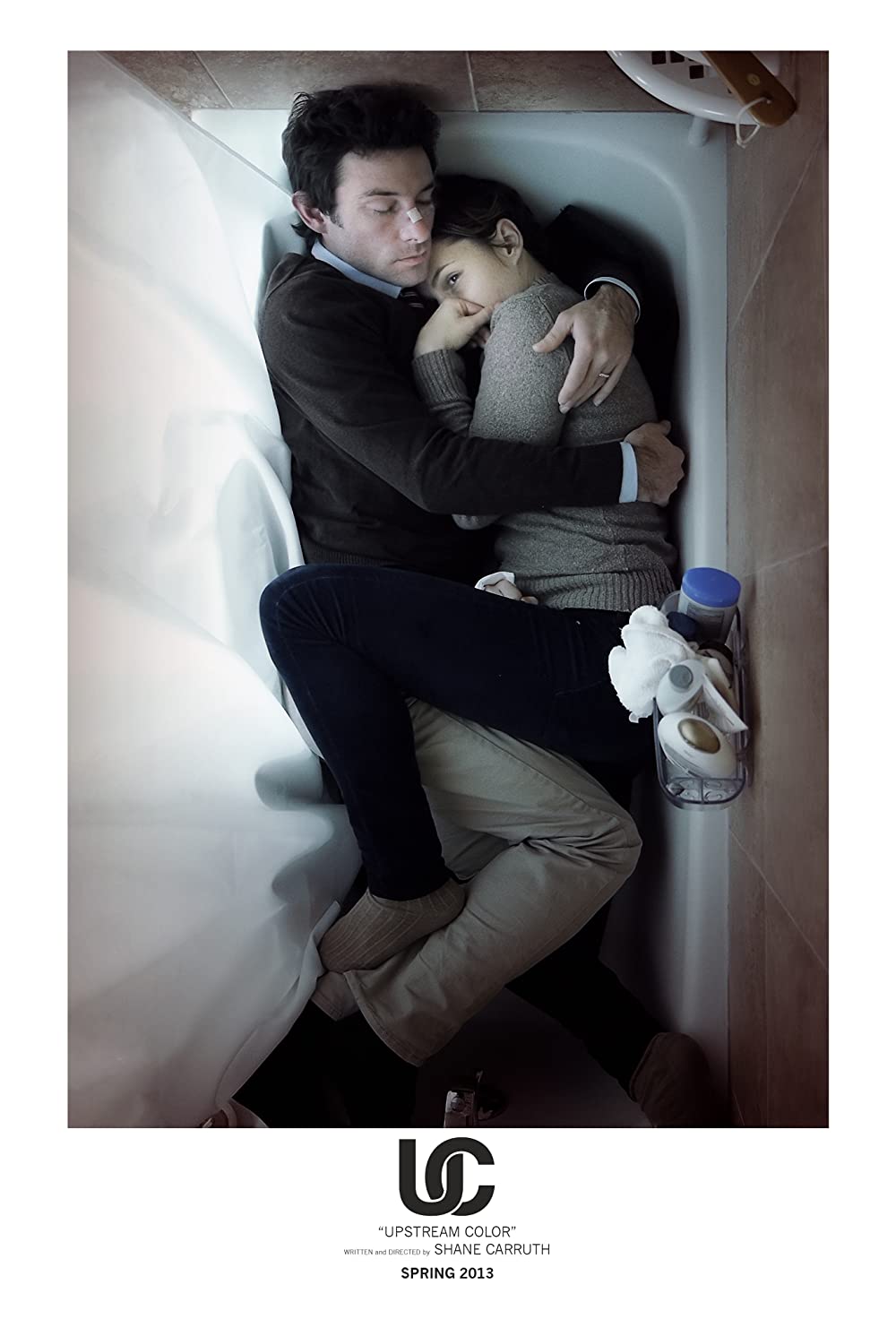
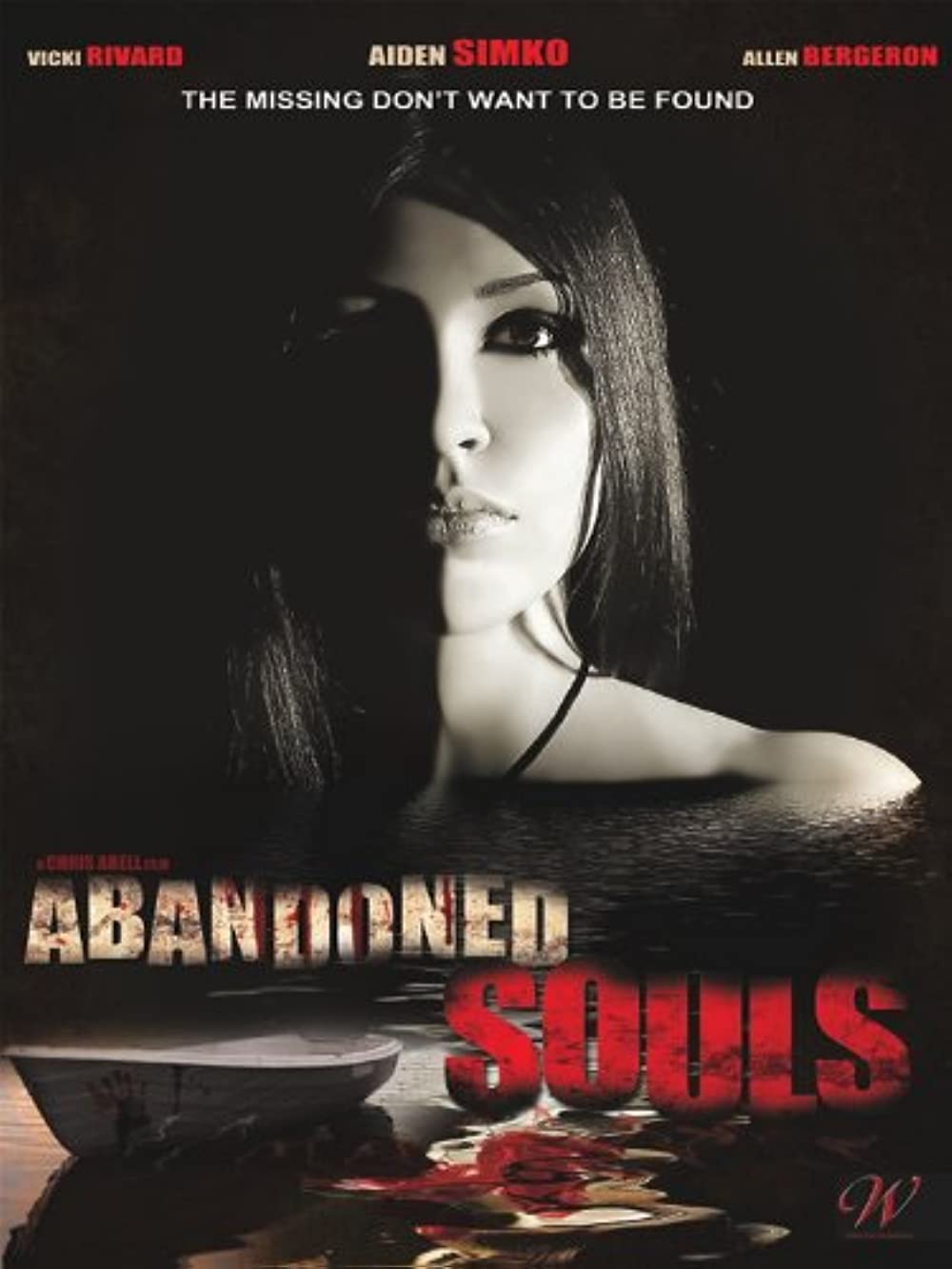
 RSS Feed
RSS Feed